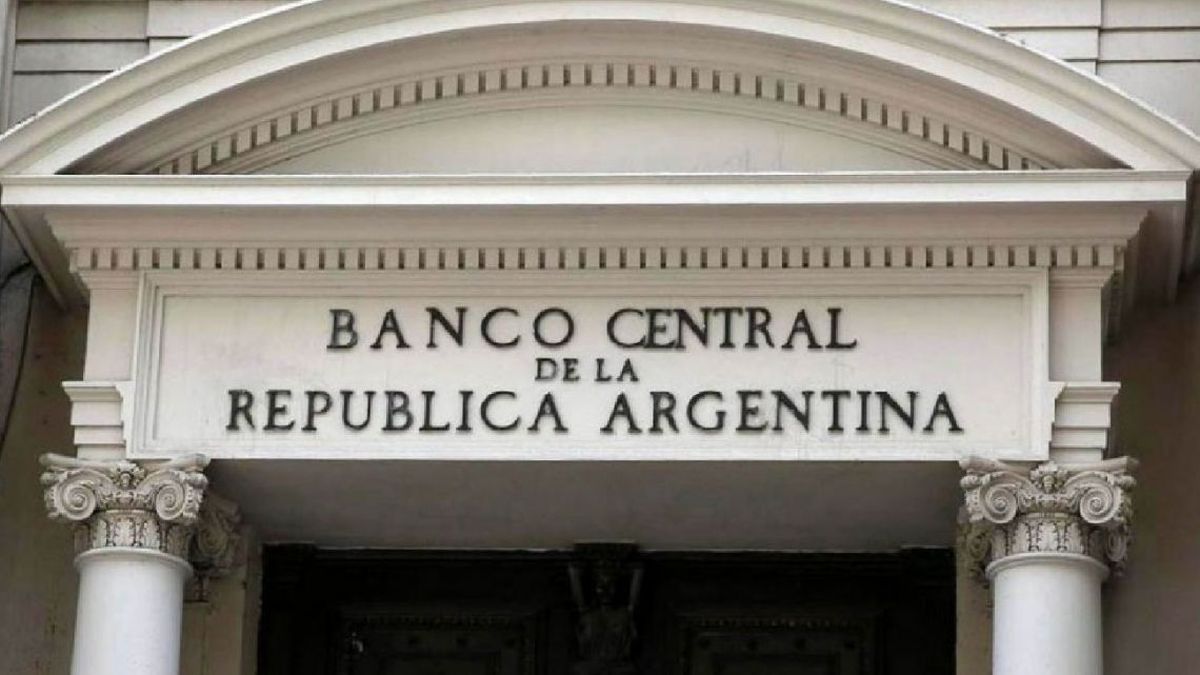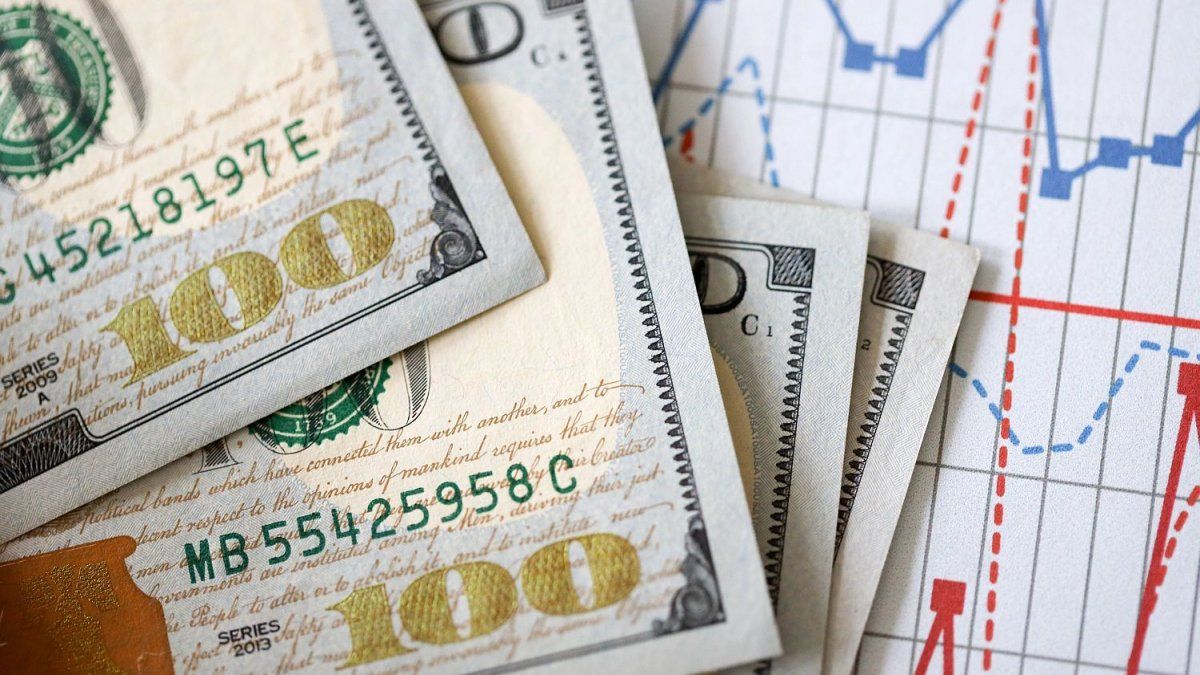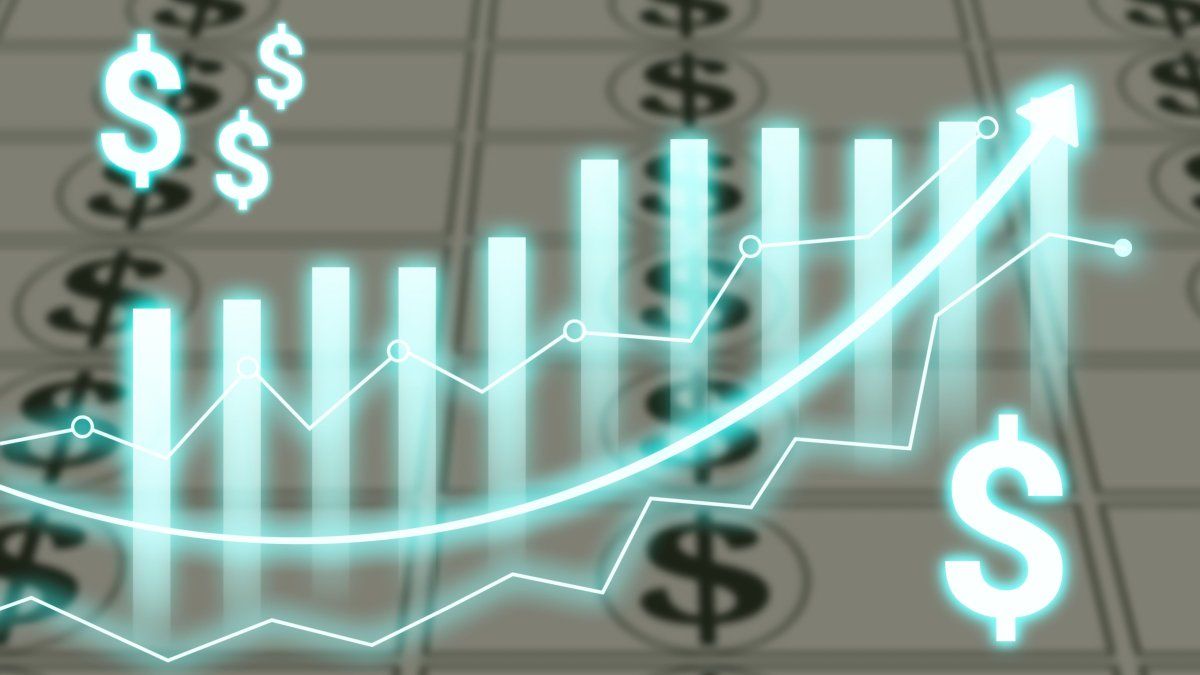It remained that way until last January 6 when it finally decided to raise it to 40% and then to 42.5% on February 17, pari passu with the negotiation with the IMF. The figures seem irrelevant given the tenor of the inflationary acceleration that has been consolidating for a long time. However, the rise in the BCRA reference rate, in addition to its impact on the level of activity and other economic and financial decision-making of families and companies, has another somewhat disturbing edge. The thing is Every time the reference rate moves, as well as those that are directly and indirectly linked to it, the BCRA’s shelf is shaken, for better or worse. Because the monetary entity has accumulated a “debt” with the financial system of more than $4.6 billion, between Leliq and Passes. Today there are, pesos more pesos less, a little more than $1 billion in Passes and almost $3.6 billion in Leliq. And “as the hand comes” no one is surprised that it continues to climb, even more so. This true monetary “Godzilla” is what economists mean when they talk about the quasi-fiscal deficit. For those with memories, it can be compared, saving distances, due to its effects to the “bond festival” of the 80s or the “monetary regulation account” of the 70s. Because these BCRA liabilities became one of the main sources of issuance monetary. Last year the interest account represented a variation in the monetary base of $1,346 billion. Almost the same amount that the BCRA transferred to the Treasury ($1.7 billion) for Advances and Utilities to assist it. For this year, an interest cost of almost $2 billion is projected for the time being. And this debt, like that of the IMF, must be paid. It can be liquefied a little, as is being done, but in the long run it will have to be given “some” sustainable solution. Because behind this BCRA debt are the deposits of families and companies. So that every time depositors are demanded to pay more rate and therefore to the holders of Leliq and Passes, it must be clear that the BCRA must issue more to pay those higher interests. Which results in the dog wagging its tail. The BCRA issues, places more debt to absorb that issue, and so on. Until someone “bells the cat.”
Source: Ambito
David William is a talented author who has made a name for himself in the world of writing. He is a professional author who writes on a wide range of topics, from general interest to opinion news. David is currently working as a writer at 24 hours worlds where he brings his unique perspective and in-depth research to his articles, making them both informative and engaging.




